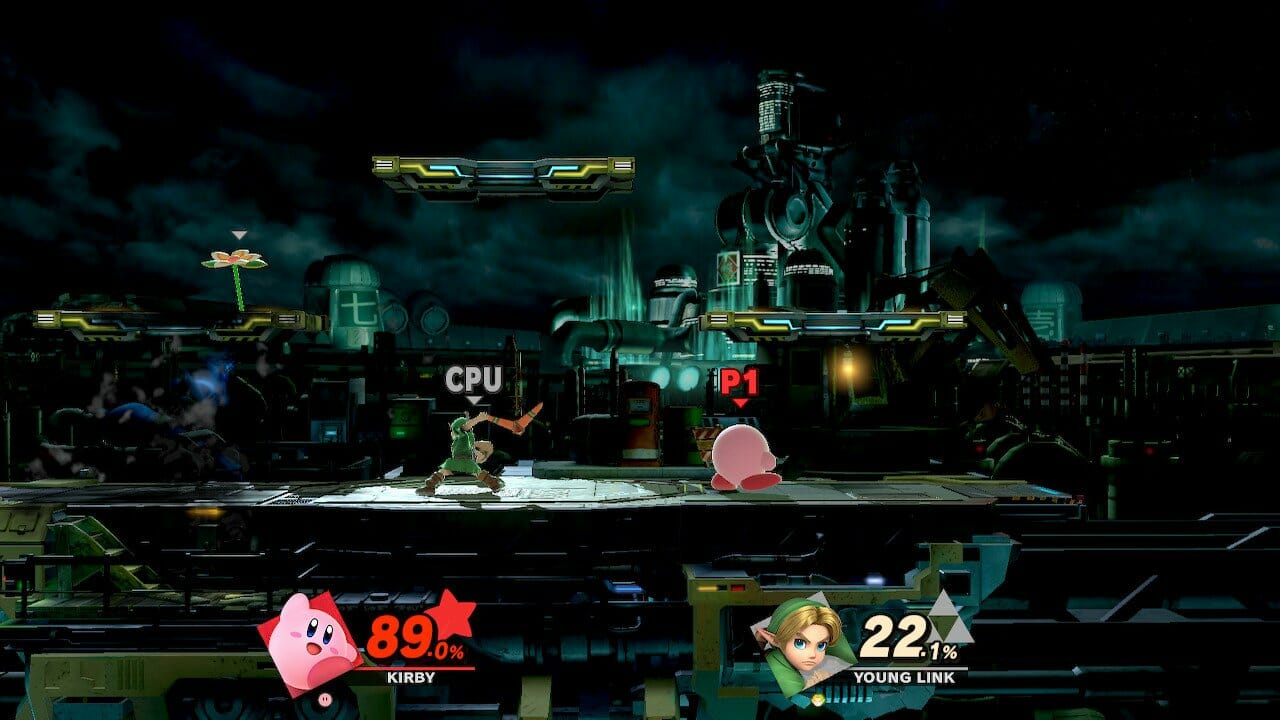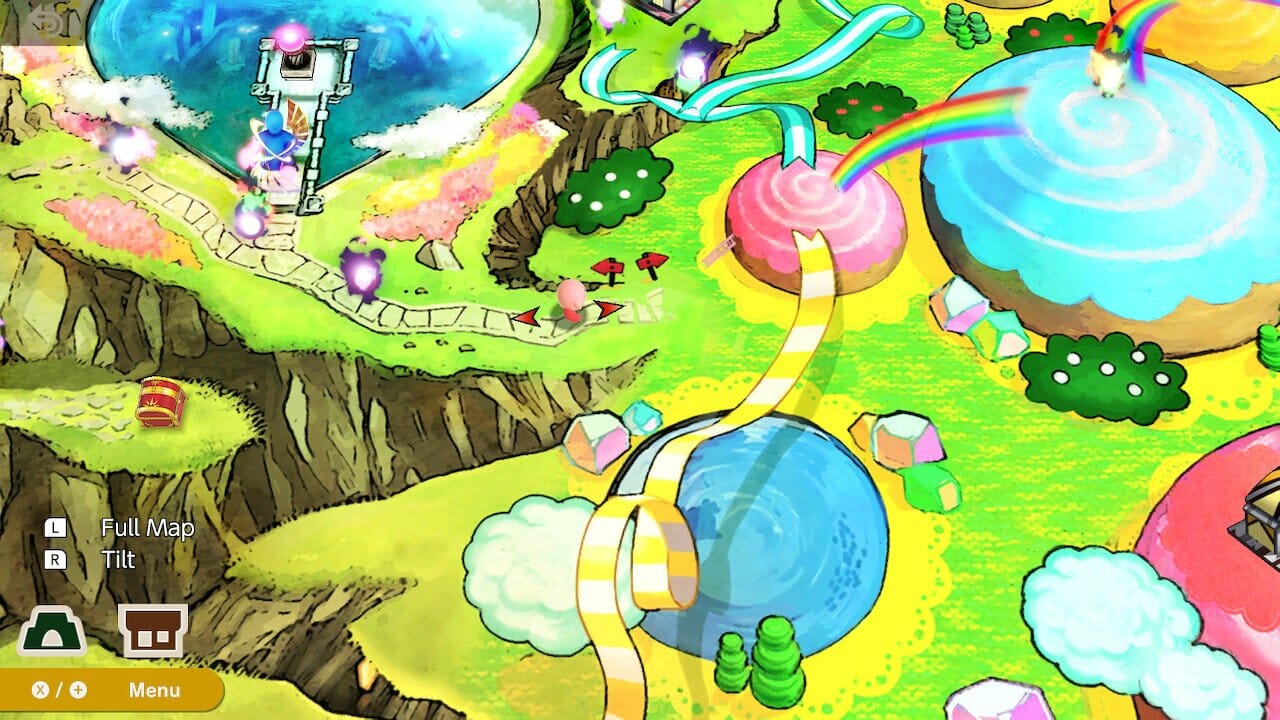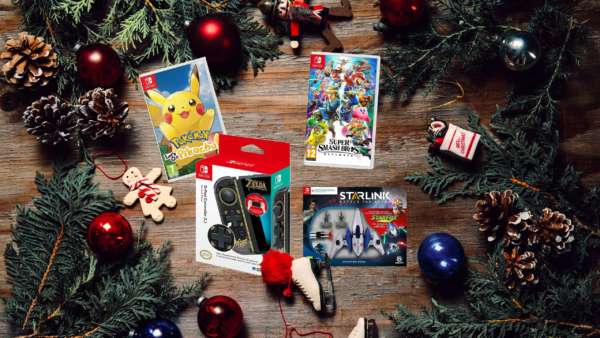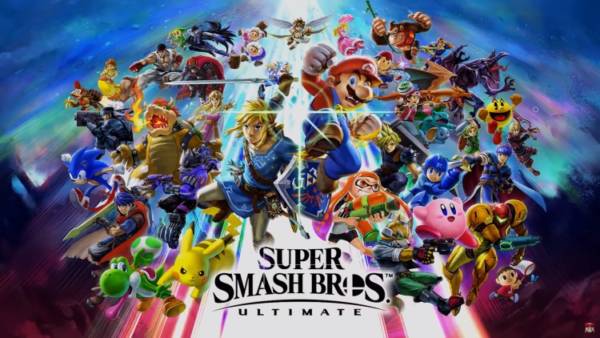The concept of crossing over characters from various franchises into a fighting game is a highly popular idea, as well as a extremely lucrative business opportunity. The Super Smash Bros. series from Nintendo is a prime example of this success and has sold millions of copies since the original game was released for the Nintendo 64 back in 2001. The franchise has now made its long-awaited debut on the Nintendo Switch with Super Smash Bros. Ultimate, and you can rest assured that this latest entry in the long running Smash-athon will not leave you feeling disappointed.
The basic gameplay structure of the Super Smash Bros series is one of the best examples of an activity that is simple to learn, but difficult to master. Each match consists of various characters from the numerous game franchise facing each other in battle to drain them of their energy and fling them out of the current arena. If you are a player that like to master every character’s special abilities, you will be busy for quite some time with this fighting title, as the playable roster in Super Smash Bros. Ultimate is comprised of seventy-four individual fighters. From Mario to Metroid, and Donkey Kong to Duck Hunt, all the previous playable characters from the Smash Bros. series have returned for Ultimate, along with some new fighters such as Simon Belmont from Castlevania and the Inklings from the Splatoon franchise.
In case you are concerned about the size of the roster available at the beginning, you can be assured that over sixty of the playable characters in the game are required to be unlocked. Once you have met the required criteria, all you have to do is beat the character in a match to add them to your playable cast list. Many of the characters have their own unique roster, with only a few of them being ‘echo fighters’, such as Roy and Chrom from Fire Emblem and Peach and Daisy from the Mario franchise. In case you do not recognise the term, echo fighters are characters which have the same move set as another fighter, but the visual appearance of another character. This is commonly done in some with some of the lesser known games, to increase the representation and gain a spotlight of exposure for their origin franchise.



